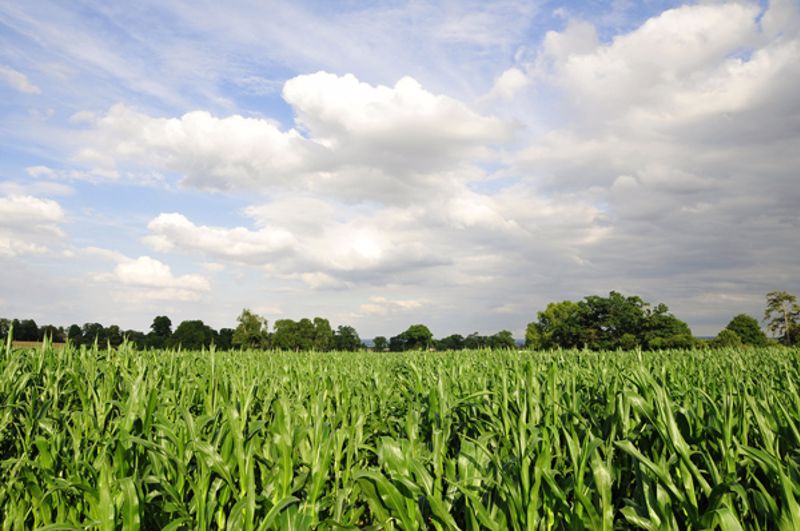But in a rare bit of good news, prices for wheat, corn and other commodities are starting to trend lower, thanks in part to above-average crop yields among major global producers.
Chief among those producers is Australia. According to Reuters, for the third year in a row, Australia is on target to exceed industry expectations on wheat output. Assuming severe weather conditions don't crimp production, which is always a possibility, analysts and traders believe farmers will harvest between 30 and 35 million metric tons of wheat by the year's end. This past year farmers had the best period on record, with 36 million tons of wheat harvested.
Phin Ziebell, an agribusiness economist for National Australia Bank, told Reuters he's optimistic about what the future holds.
"Are we looking at a crop of above 30 million tonnes for a third year in a row? I think we have a good shot at it," Ziebell explained.
The positive outcome was influenced, in part, by more capacity. Wheat farmers planted nearly 36 million acres, which is an all-time high, Reuters reported from data compiled by IKON Commodities.
Corn production strong in Brazil
Brazil is also benefiting from an above-average year for crop production. Helped by more precipitation than the country has had in years past, South America's largest country by area and population is on pace to produce more than 89 million metric tons of corn by the end of 2022, according to World-Grain.com, citing estimates from Agroconsult. Brazil is one of the top five countries for corn production.

Even cooking oils are costing less than they have in the past. Palm oil, which is the most-used vegetable oil in the world by volume, is selling for about 30% less than its peak price point earlier this year, Bloomberg reported. This is due to more export activity from Indonesia, which is responsible for much of the world's palm oil production.
It isn't just successful growing seasons that have helped to replenish supply; demand has slid. Paul Hughes, chief agricultural economist at S&P Global Commodity, told Reuters that roughly one-fifth of the wheat that is produced worldwide is fed to farm animals. But because of broad price premiums on wheat, farmers are using cheaper staple crops for feed instead.
Despite these encouraging signs, the food supply chain isn't out of the woods just yet, according to Kenneth Zuckerberg, an economist at the financial services firm CoBank. Speaking to Supply Chain Dive, Zuckerberg noted a series of indications globally suggesting that demand still outpaces supply, citing Egypt, Taiwan, Algeria, Jordan and Pakistan as countries experiencing wheat shortages because of the war in Ukraine. He predicted things likely won't get back to normal for the next two crop seasons.



Post A Comment:
0 comments so far,add yours